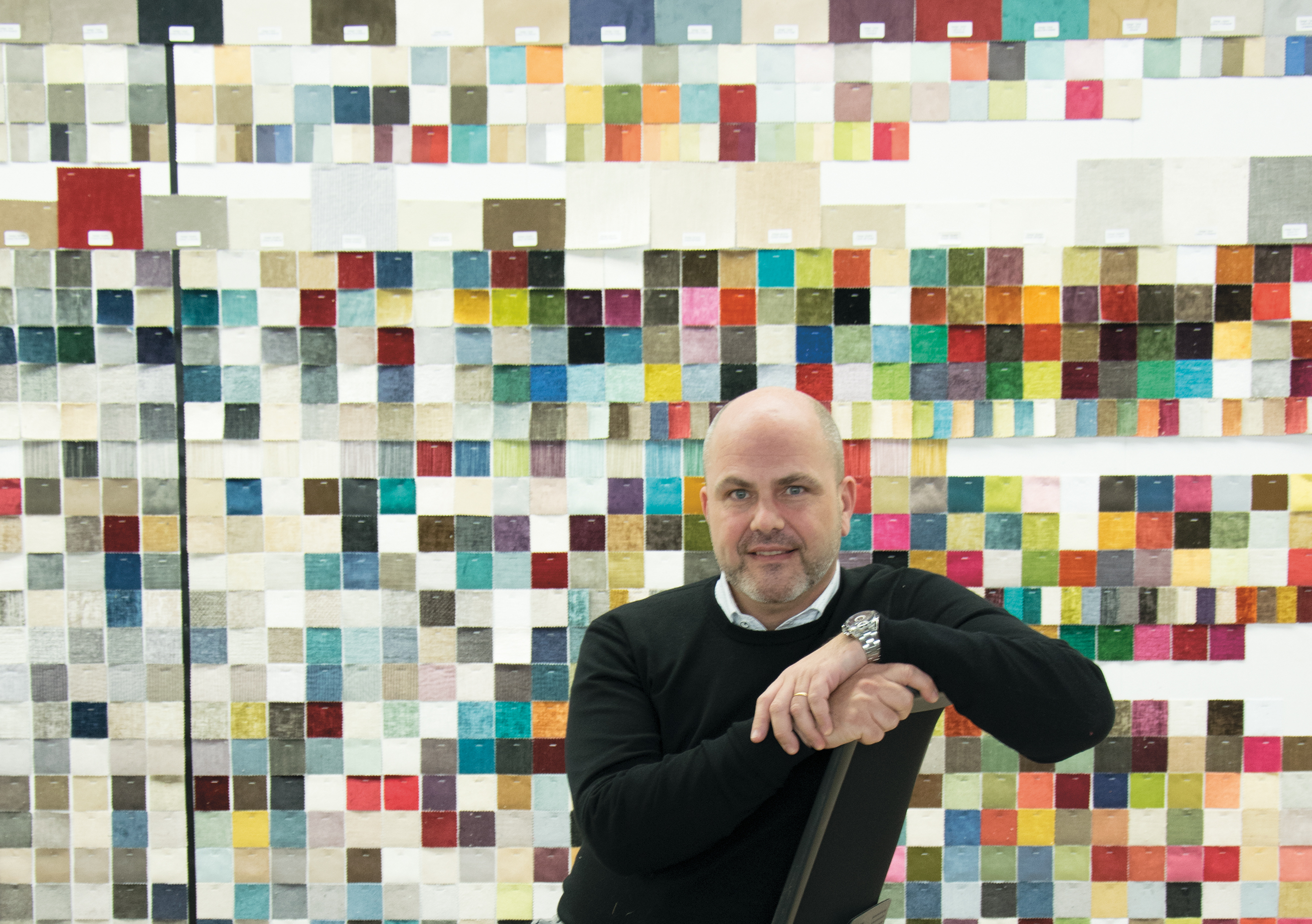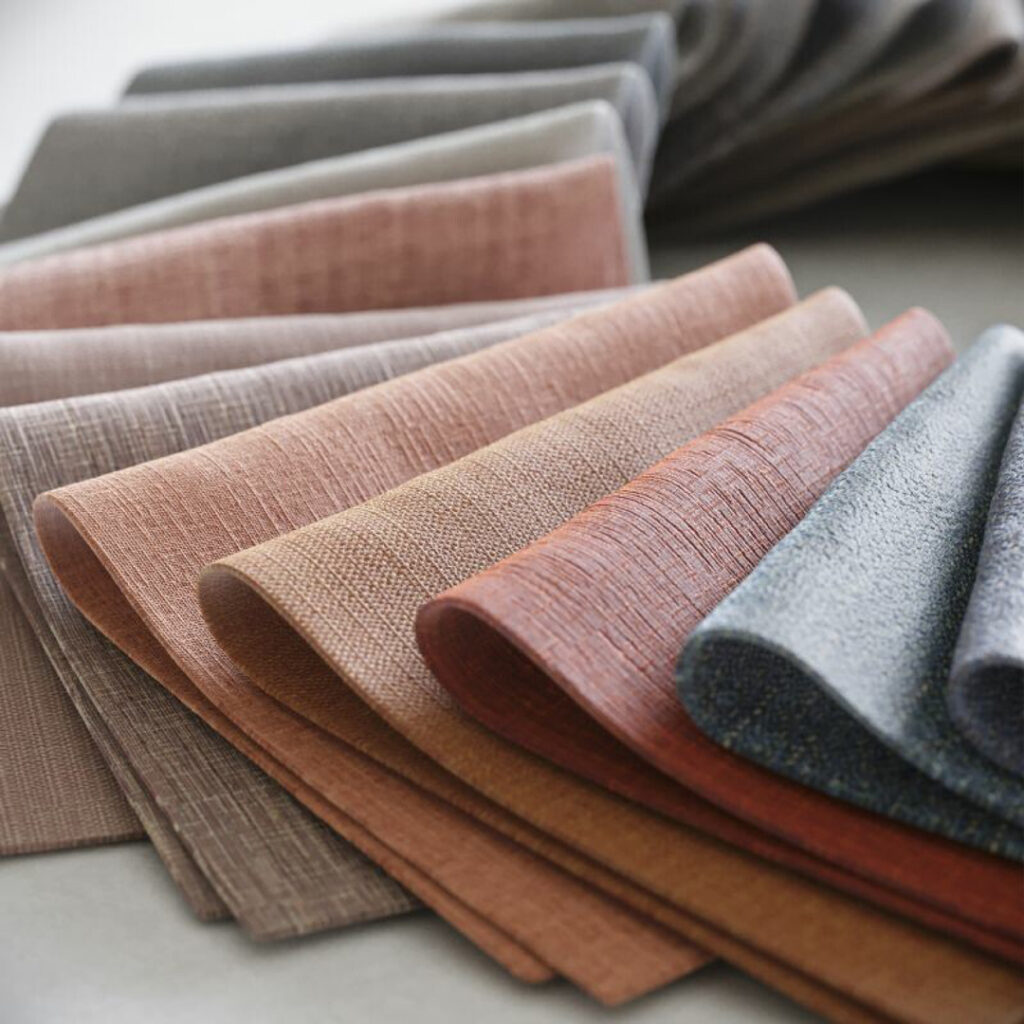Design is life - a chat with our design director, Didier Pické

In FibreGuard it all starts with our textile design team, and in this post we’ll be giving you a behind-the-scenes peek into the design philosophy of our design director, Didier Pické.
In this post we’ll be looking at the fundamentals of what makes a successful designer: perhaps you can incorporate these insights into your own daily work, no matter what your job is.
We’ve been asked before - what does a textile designer actually do?
What’s more important, though, and definitely more interesting, is what makes good design, and what makes a designer.
We settled in with Didier today to give you an insight into this beautiful, complicated world, and why we are so passionate about design in the first place.
Didier Pické, design director at FibreGuard
Originally from Brussels, Didier studied the Art of Textiles within the scope of Applied Arts, at the Haute Ecole Francisco Ferrer.
He won a scholarship for a year of textile research within the prestigious Tamat, located at the Wallonie-Bruxelles Center of Mural Arts and Art of Textiles.
Didier came to FibreGuard after saturation (sorry, couldn’t resist) in the world of colour, having worked as a colour designer for the Toyota European Design Centre.
He had a thorough grounding in design through specialising in the effects of colour and creating colour solutions for the goals of their project, no matter what space it might be in.
Colour design includes a wide spread of fields and an in-depth understanding of different markets, industry trends and demographics. Work that a colour designer might undertake includes architectural projects for workplaces, public buildings, and private homes.
Other branches in this field move to things like brand identity and brand asset creation, lifestyle photography, product shots … and product realisation. Which is how Didier came to FibreGuard.
Watch this interview we did with Didier about our new officespaces:
Insights and thoughts about interior design
What made you passionate about design in the first place?
I was drawn to design because I always wanted to make everything look even more beautiful. I came to design through my love of creating a balanced interior, no matter the interior design style or colour palette.
Who have been major influences in your career?
My weaving teacher, Karin De Knop, definitely. She opened a whole new world for me, bringing me down to the very fundamentals of textile production.
I suddenly realised that there were far more possibilities for colour and texture, weave and overall effect than I’d seen before: it was as if my eyes had been opened.
She was exactly the right person that I needed in my life at that exact time, and I’ll never forget her influence over me from a design perspective.
What informs your design philosophy?
As a designer I think you need to be a sponge and absorb the world through all your senses, through all what you see, feel, smell, touch, and taste.
You’ll find that everything in your experience will come together in your work and inspirations as a designer.
Is there any advice you’d like to give to aspiring designers?
A free mind is an absolute essential in the design industry. You need to accept everything, observe and absorb everything in life that you can. Your design decisions will be even stronger because of this.
Through accepting every influence, you’ll be able to create a ‘mental’ design matrix; a design library, museum and interpretive centre, all in one, in your head. Be active, always. Never stop moving, growing, creating.
There is no good or bad in experience: everything just builds on what came before.
Use your mental design matrix to find links between style and colour. Be a trend watcher always: you’ll be able to glimpse the future of design by knowing the past.



What are your thoughts on interior design for your own home?
Home is a special place where you can regenerate yourself, so my home is a comfortable one where I live with my family and definitely not the kind you’d see in a catalogue.
I keep my base palette neutral but dynamic at the same time by mixing and matching shades from white, to sand, taupe, dark brown and black. That way it’s really easy to change the mood of the interior by changing the accent colours.
It’s as simple as changing the cushions and table cloths, adding candles and flowers: and voilà you have a new interior.
At the moment the accents we’re using are soft turquoise, misty pink and the ever minty green. This colour palette balances the interior, giving it a cosy feel with a touch of zen about it.
Aside from the colour palette, using light to your advantage in your home is very important. Ceiling and accent lighting can make your interior or destroy the vibes you’re trying to create.I like to change following the different feelings of the moment – most important is to be in balance, and to create a homely, inviting atmosphere.
Good design isn’t just the finished product
Although that’s always good!
But, good design is also about the process: a designer is always learning and moving through an ever-changing, dynamic world.
Navigating these waters takes skill that people like Didier have been honing for their entire lives, which exactly the kind of passion and experience that combine to create FibreGuard.
Over to you
Incorporate some of Didier’s advice into your own life today!
Interested to read more interviews with our specialists? Check out this two part series with Tom Stevens, our Head of Marketing, who is also closely involved in all our innovation projects. Digital fabrics is one of the most important innovation areas that we have been working on in recent years and in this wide-ranging chat, we explore the area of digital innovation through Twinbru, and our digital fabric technology, and even the complicated but actionable story of sustainability in the textiles industry.
Consumers, technology, and COVID-19 are driving change in the textiles industry
Innovation, digital technology, and our need for a more sustainable textiles industry